Human induced climate change is real, and its hurting humans, societies and the Earth. A lot of it is the result of atmospheric carbon. That’s the story that my city, Vernon, is concentrating on. Here’s the dire prediction for what we are going to have to face.
Today, it’s extreme rainfall. Flooding is expected. One interesting thing about that is that flooding used to be a bit of a non-issue. Much of the City of Vernon, the same as much of the cities of Lake Country, Kelowna, Penticton, Oliver and Osoyoos to the South, were wetlands, storage areas for water when it got a little out of hand. These wetlands are largely built up with houses and stores and roads and stuff like that now. If it’s going to flood, expect much of that to happen in these former wetlands, or along the shore of 135-kilometre-long Okanagan Lake, which is pretty much the main remaining water storage zone. Houses built on the foreshore are going to be pressured with this water. Well, that’s the way it goes, and there’s not a whole lot to be done about it, except perhaps to start with two things:
Extreme Rainfall and Flooding
- The rainfall is not so much extreme as superfluous for the remaining wetlands.
- Flooding is, for the most part, a healthy, natural process, except for areas out of balance with water.
With that caution about “extreme” language in mind, let’s look at another item on the chart Vernon is using :
Changes to Streamflow
- Changes to stream flow include the inability of streams to hold the water given to them.
- Forest use and agriculture also change stream flow.
- The near-elimination of wetlands really changed stream flow.
All in all, the issue with stream flow is not an issue to the natural environment. It’s still here. It adapts. It is, however, an issue that speaks to humans having built inadequate environments in this place over the last 160 years. By “inadequate” I mean built environments incapable of adapting to water as the land does and thus vulnerable to the land’s adaptations. Extra water means that the land adapts to the new conditions. “Flooding” as understood in Canadian built environments today means that communities of people, as expressed through buildings, social life, and worksites are invaded by the natural environment and must protect themselves against its changes. In other words, flooding impacts “Canada” in this place, but not this place. It simply changes its climate and changes the land to fit it, either by moving water or air differently, changing its fire patterns and intensities, and so on. So, there are a few ways of adapting to the naturally changing environment:
1. Protect Built and Social Environments
This strategy would include reduction of carbon in the atmosphere and of its effects in social life. That’s a good strategy. It would also include building dikes and other structures to keep water in the streams assigned to it, and managing forests to prevent run-off events. Stuff like that. All good stuff.
2. Change Built and Social Environments
This strategy would include the planting of trees for shade, improvements to drainage facilities and buildings, provision of walking and bicycling paths, and so on, all in Vernon’s plans, and all good plans. It would also include completely changing the city and its agricultural, forest and grassland environments by re-creating lost wetlands, rebuilding grasslands and their relationships to water and fire, changing agricultural crops and locations, changing water, land and fire law, returning forests to sustainable conditions rather than incendiary ones and moving big chunks of the city. In other words, organic change of this kind would align the construction of the city and its built environments with the new, changed physical environment, the very things that are putting the city at risk right now. It’s simply the wrong thing in the wrong place, doing the wrong things.
Both of these approaches are going to have to be necessary, but for there to be any hope of success, we’re going to have to accept that both are necessary. That might not be so easy. Look at what else Vernon has to say:
There’s a lot going on there, eh! Whew. However, I want you to look at the right of the image, in front of the headlights of the car. See that? Out of 12 talking points about nature changing around us, 1 is about nature, namely:
We see nature thriving all around us, including Okanagan lake, wetlands, our parks and urban forest.
Got that? It’s around us. It’s not part of the city, really, but a place in which the city is nestled, and which is all threatened by atmospheric carbon. Because of that carbon, that space is threatened (well, the real word is “changed”) with heat, fire, drought, water and change. The other 11 talking points are about working to keep it as close to possible to how it was during the 160-year-long process of building human-centred structures within it. If you want some insight into what I mean by that, consider the next image from the city. Here, Vernon defines members of the community.
Take a look at those “actions” on the left. The first is:
Identify populations vulnerable to climate change and develop strategies to build their adaptive capacity.
Now, remember, there are two kinds of climate change here, one of which is change brought on by atmospheric carbon and one brought on by the simple construction of a particular built, social environment in this place. With that in mind, consider one of my neighbours, whose family has packed up and left:

Human-based, local climate change has destroyed the ability of western bluebirds like that guy to live here. He needs nesting trees in small wetlands, a profusion of flowering plants to host insects for many months of feeding, and the water to support them. All of those things were taken away by the cattle industry. Adaptive strategies to date have been the construction of nest boxes on fenceposts, which remain empty, because the water, flowers and insects are not there. Atmospheric-based climate change is going to make the problem worse, but mitigation of atmospheric-based climate effects is not going to create the conditions for western bluebirds. That will take many changes in land use — in other words, changes to the deep structures of this city, its supporting industries, and its relationships to private and public use of land and water. So, when I see this…
… I am concerned. Social processes have atmospheres and environments, and this one is all about humans, when, in fact, the environment is about everybody together in the same place, changing quickly to changing circumstances, which most residents, and I mean the non-human ones, are doing on the fly right now. What gives me a little bit of hope, though, is that the language here has the capacity to be inclusive. Look to the left above the image:
This plan will necessarily depend on sustained feedback to help residents, businesses and the City of Vernon sort through what their choices are, and how those choices impact the direction of the community and the world.
Rain and flood are part of that feedback. Western bluebirds are part of that feedback. The kingbirds nesting on the power pole across from my house and chirring at me when I am working outside are part of that feedback. So are the millipedes invading my strawberries. I tell you, one thing we can change really quickly is the nature and structure of these meetings. They can have different facilitators, different content, and different locations, such as, well, here:
Sitting down with this bunchgrass, as I have done for ten years on this blog, can guide us through the process of change and the limits of adaptation in ways that indoor meetings, with all of their power points and group questions and social dynamics among humans can’t. Change is change. It can be met with intelligence, which is usually change. Let’s.
Categories: Agriculture, Atmosphere, Earth Science, Erosion, Ethics, fire, First Peoples, Global Warming, green technology, Industry, Science, Water

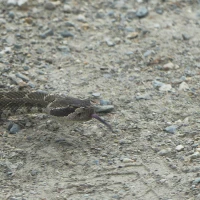

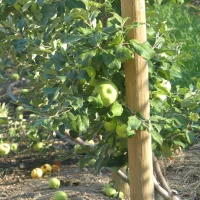
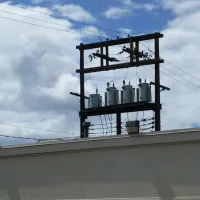
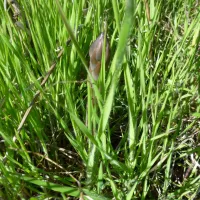
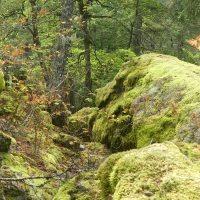
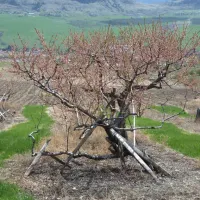
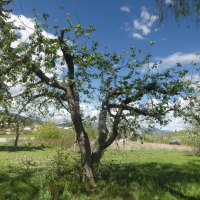









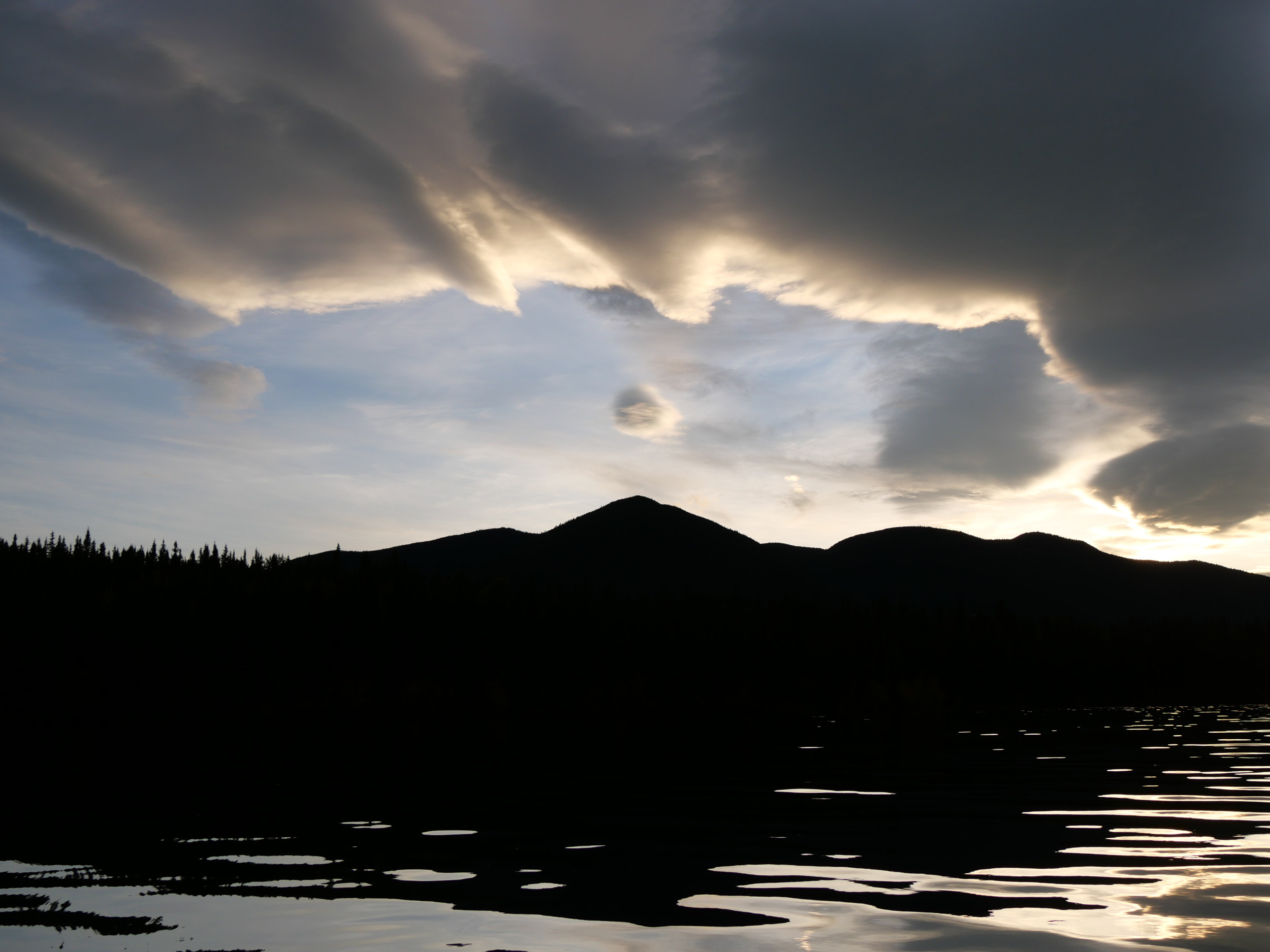
We’re in process of getting a conservation covenant on more than 1/2 or our farm because that part of the land is a big “sink” for run-off water from three creeklets and other trickles. It’s the type of “sponging” that you refer to as well, I think, if I understand you rightly.
LikeLike
Well done!
LikeLike